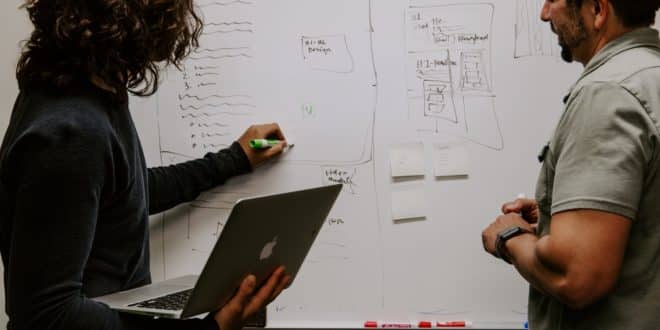In the identification stage, we have to define the basic lines of a project among all the parties involved, based on a joint analysis of felt needs and a commitment on the intervention strategy to be followed to meet these needs.
This article is part of a series:
- The 4 phases of the project cycle
- What is the logical framework approach?
- What do you do during the identification phase of the project cycle?
- Most Significant Change: What it is and how to use it
- Results Indicators: What they are and how to use them
- Means of Verification: What it is and how to use it
Development projects must first and foremost address “priority felt needs“, otherwise it is difficult to guarantee the contribution of those affected once the external intervention has been completed, as they will apply their resources to cover their “priority felt needs”, and not others.
In the identification phase, priorities of the different participants should be analyzed. In the event that priorities do not coincide, it is not advisable to impose the criteria of some over others.
In order to reach a dialogue between all the parties affected by a possible project, participatory diagnostic methodologies should be used, which allow different points of view to be presented.
It is also highly recommended to use visual techniques that allow the main ideas to be written down in a place that is visible to everyone. For example, we can use colored card (post-it) that will be posted on a board readable by all participants.
Who?
The first step we have to take when we start the process of identifying a project is to define who the stakeholders are. They have to be listened to and they have to participate actively so that they feel like they are playing a leading role in the intervention.
Once we have identified all participants and defined their level of participation in the project, we can move on to the problems analysis.
What?
In this analysis, the problems of a collective are studied and ordered according to a cause-effect relationship in order to draw up a problem tree, which is an outline of the current negative reality that the project aims to change.
The problem analysis should:
- Detect all problems related to the area of analysis, without confusing what is a problem or negative state, with what is the “absence of a solution”.
- Identify the focal problem. Choose the problems that seem to be the main ones, to which the rest are related because they are either their cause or consequence.
- Develop the problem tree. Organise all the problems around the focal problem, so that the causes are underneath, like roots, and the effects are above, like branches.
Then..
Once we have clearly identified the problems, we turn them into solutions by identifying the objectives we want to achieve with the project. We develop an objective tree. The objectives tree is a representation of the positive future reality that the project aims to achieve. It is important not to confuse the objectives or positive states, which must be lasting, with the actions needed to achieve them.
All the elements of the problem tree are transformed from top to bottom into objectives. The problems are now formulated as positive conditions.
In some cases, different interventions can be implemented to achieve the same objective. Analyze all the alternatives in order to choose the most advantageous project strategy is also important.
How?
The SWOT matrix (Strengths – Weaknesses – Opportunities – Threats) is a good tool to be able to systematically analyse the reality and identify the main strategies.
Strengths: advantages that are intrinsic to the strategy.
Weaknesses: disadvantages intrinsic to the strategy
Opportunities: advantages that can be exploited from the environment
Threats: disadvantages that can be derived from the environment.
| Strengths are the positive internal aspects of the organisation or country, which can be built upon in the future. | Weaknesses are the internal negative aspects that depend on the organisation, for which there is therefore significant room for improvement. |
| Opportunities are the positive external possibilities that can be exploited in the current context. | Threats are external problems, obstacles or constraints that may prevent or limit the development of a country or sector. |





